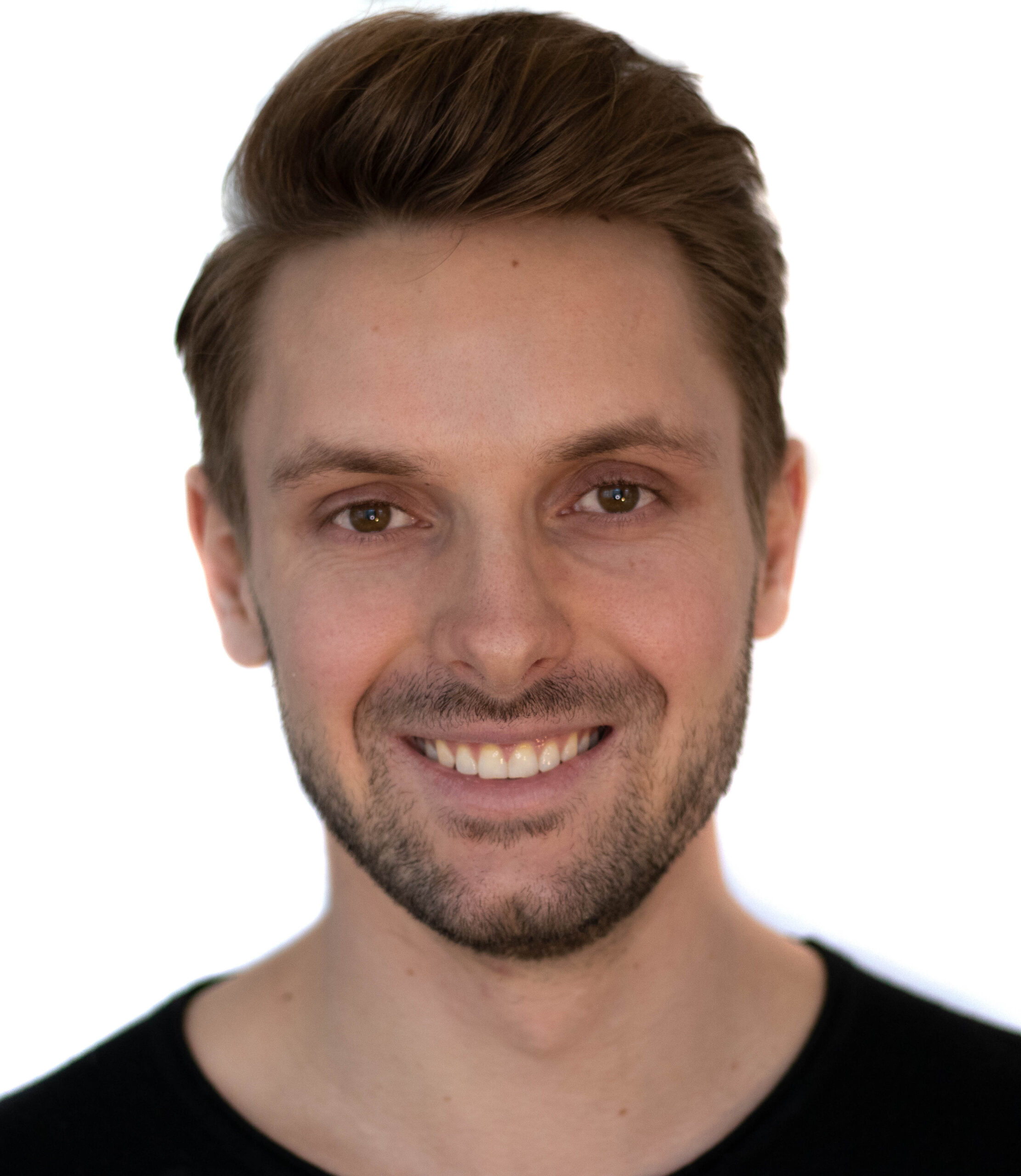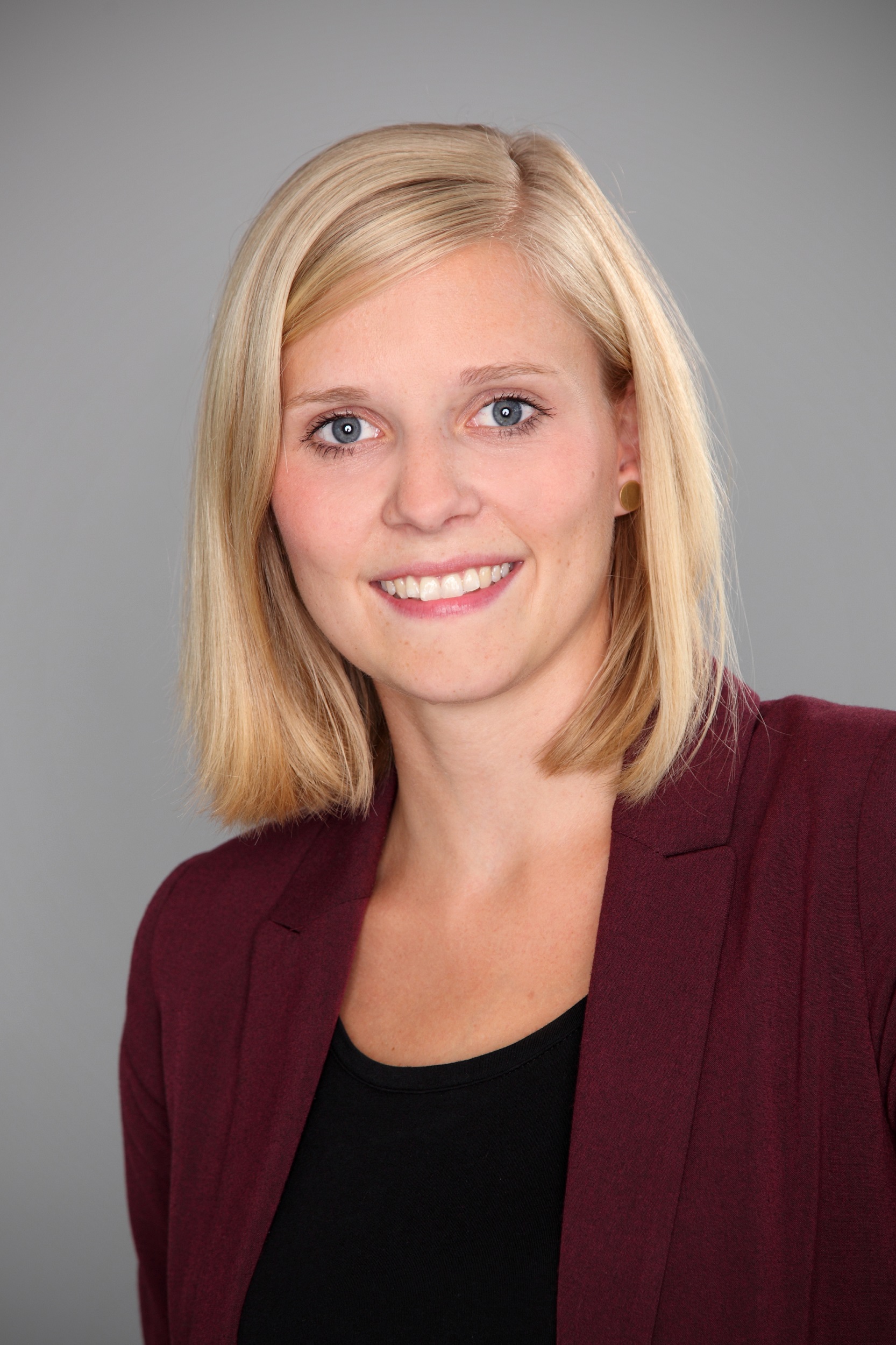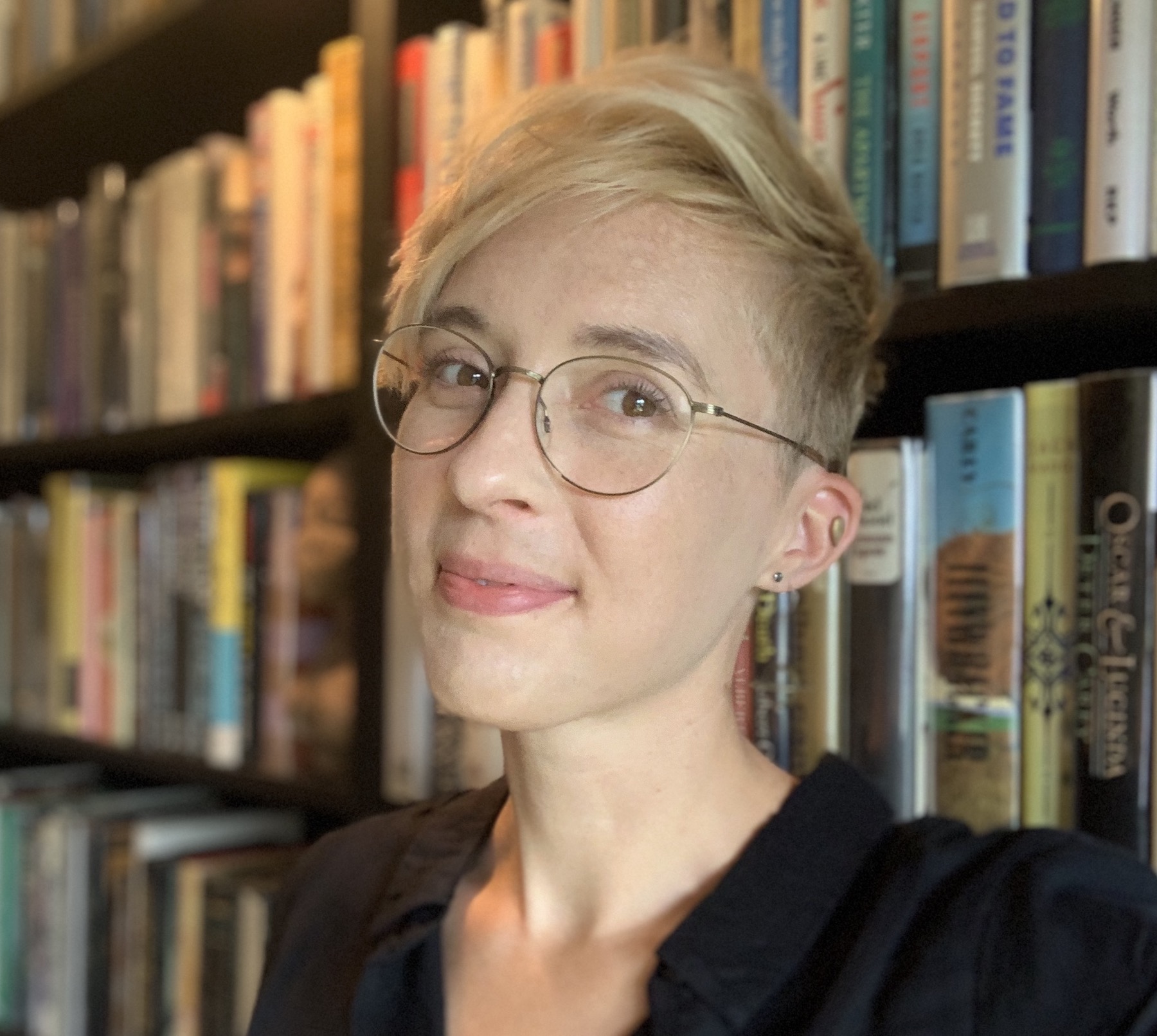The first thing we saw on approaching Johannesburg’s O.R. Tambo International Airport, was a sprawl of informal settlements and shacks right next to luxurious neighbourhoods with manicured lawns and swimming pools. It was a telling glimpse of the contrasts that awaited us in the following days. Us, that’s Leonie Korn, Thomas Lumpe, researchers at the breathe ventilator project at ETH Zurich, and Annie Hartley, a South African medical doctor and researcher in AI4globalhealth at EPFL. After developing our low-cost ventilator breathe for months in the safe confines of our ETH labs, it was about time to test-drive it in the field. With Annie’s help as a collaborator and her extensive experience working in hospitals in low-resource settings, we had the opportunity to visit a rural hospital in the Mpumalanga province in South Africa to learn more about the context in which our device could be used and collect feedback from local doctors.
South Africa tops the global Gini-index charts, with its chasms between rich and poor being vaster than anywhere else in the world. This gap between the extremes of poverty and wealth also manifests itself in limited access to advanced medical care. While South Africans technically have universal healthcare coverage, it is often hindered by local resource scarcity such as non-functional medical equipment, a lack of training for doctors and nurses, and missing referral infrastructure.







